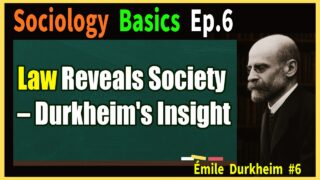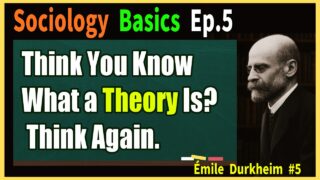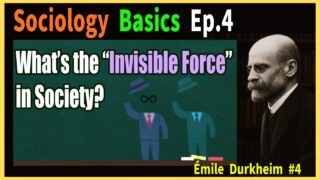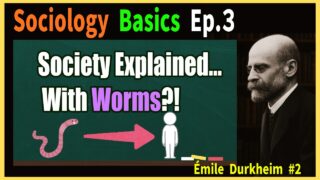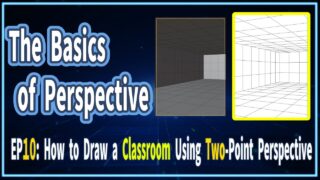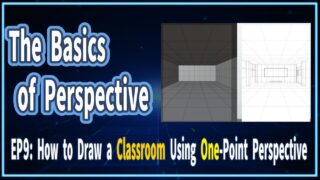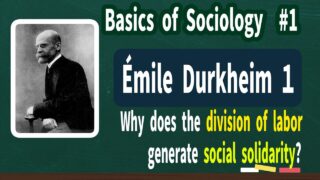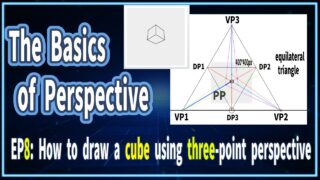 Emile Durkheim
Emile Durkheim Introduction to Basic Sociology #7: Emile Durkheim (7), Non-contractual elements in contracts
A contract is not just a matter of mutual interest. This article explains Durkheim’s concept of the non-contractual elements of contract in plain terms, while also examining Spencer’s liberal stance, and connecting these ideas to the system theories of Luhmann and Parsons. A sociological inquiry into the origins of social order.
